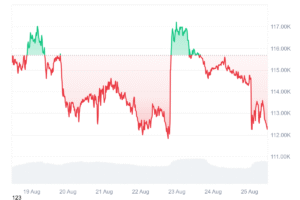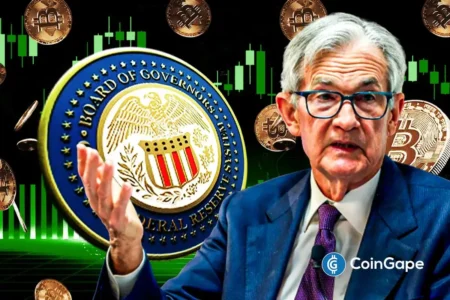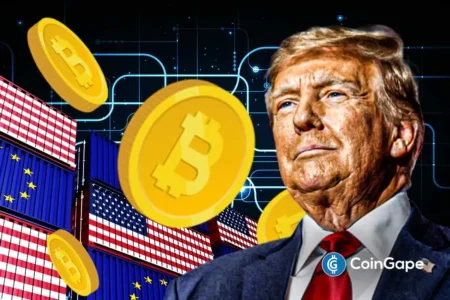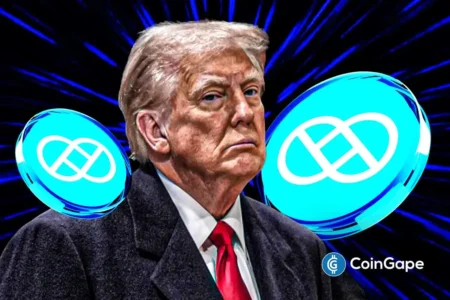The Status of the U.S. Bitcoin Reserve: Insights from Digital Assets Director Bo Hines
The United States government is actively pursuing the establishment of a Strategic Bitcoin Reserve, a plan reiterated by Bo Hines, the Digital Assets Director at the White House. Despite the absence of specific details regarding this initiative in the recent 163-page crypto report released by the White House, Hines confirmed that work is ongoing to create a robust Bitcoin reserve. This comprehensive initiative underscores the government’s intent to integrate digital assets into its financial framework while ensuring its stability and success over time.
The Ongoing Development of the Bitcoin Reserve
In interviews and discussions, Hines emphasized that the process of setting up a Bitcoin reserve is complex and necessitates considerable time and planning. “This requires some labor to get it set up properly,” he noted, reflecting a serious approach toward ensuring that any established reserve is sustainable and effective. The government’s acknowledgment of the growing significance of Bitcoin within the financial landscape is apparent, as they aim to accumulate the cryptocurrency strategically, establishing a national digital assets stockpile alongside the anticipated reserve.
The Crypto Report: A Missed Opportunity?
The White House’s recent crypto report, while significant in its length and breadth, fell short of providing new insights into various initiatives, including the Bitcoin reserve. Many stakeholders anticipated updates about the U.S. government’s current Bitcoin holdings and the subsequent steps necessary to form a reserve. Unfortunately, the report did not meet these expectations, leading to questions about the transparency of the administration’s digital asset strategy and the state of U.S. Bitcoin initiatives.
Implications of Ongoing Concerns
Despite the lack of detailed information in the report, Hines assured the public that the administration remains focused on accumulating Bitcoin. He mentioned that the process involves receiving data from different government entities, laying the groundwork needed for actual infrastructure to support the reserve. However, concerns persist regarding the ultimate direction and prioritization of the Bitcoin reserve initiative amid broader cryptocurrency regulatory discussions.
Transparency and Public Confidence
Hines has refrained from disclosing specific figures regarding the amount of Bitcoin held by the U.S., which has raised eyebrows within the crypto community. He acknowledged that several reasons necessitate this discretion and reinforced the government’s commitment to total Bitcoin accumulation. “We will continue working to achieve this objective,” he stated, marking a clear intention to foster confidence in the Bitcoin segment while managing pertinent sensitivities surrounding governmental disclosures.
Future Directions for the Bitcoin Reserve
As the situation develops, many in the crypto space are eager to see how the U.S. administration will navigate this challenging undertaking. The government’s strategic approach aims not only to establish a reserve but to participate actively in the burgeoning field of digital assets. Hines’ acknowledgment of their intention to build a national digital assets stockpile signifies the seriousness of these efforts, setting the stage for a deeper integration of Bitcoin into the U.S. economy.
Conclusion: A Steady Path Ahead
While the path to establishing a Strategic Bitcoin Reserve is fraught with challenges, the commitment from Bo Hines and the Biden administration signals a cautious yet optimistic approach toward the digital asset landscape. The assurance that the reserve remains a priority reflects the government’s long-term vision for Bitcoin’s role in the financial ecosystem. As ongoing developments unfold, stakeholders in the crypto community will undoubtedly be paying close attention to the actions and communications emanating from the White House, eager for updates that might shape the future of digital asset investment and regulation in the United States.
















